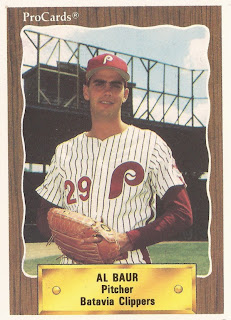Posts
Showing posts from June, 2013
Orsino Hill worked to play daily over 12 years, made AAA
- Get link
- X
- Other Apps
Al Baur made pros after last pledged tryout, saw two seasons
- Get link
- X
- Other Apps
Bob Skinner worked to win as ML player, manager, coach
- Get link
- X
- Other Apps
Sean Ryan took good eye to 4 seasons: Baseball Profiles
- Get link
- X
- Other Apps
Ryan Bowen earned reputation as hard-luck majors pitcher
- Get link
- X
- Other Apps
Ismael Cruz played two pro seasons, turned Latin scout
- Get link
- X
- Other Apps
Gary Cooper played to win for decade, saw 9 majors games
- Get link
- X
- Other Apps
Pete Dalena played nine pro seasons, saw 5 majors games
- Get link
- X
- Other Apps
















